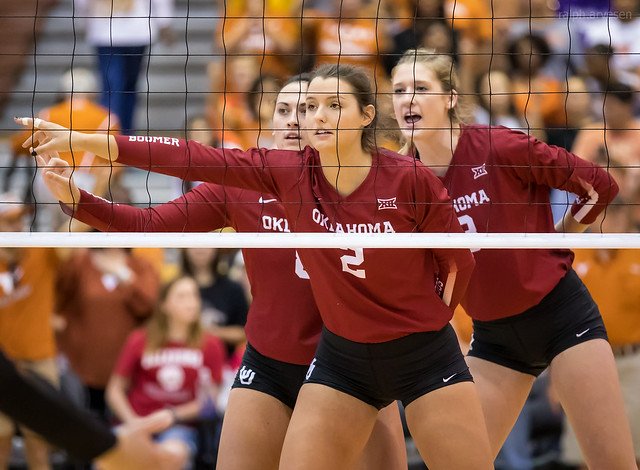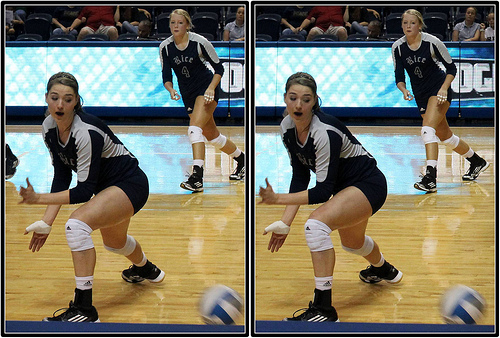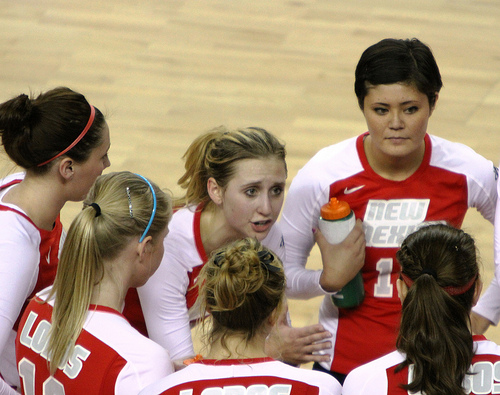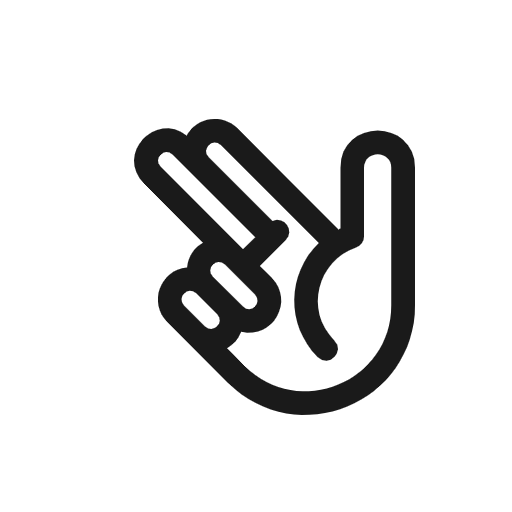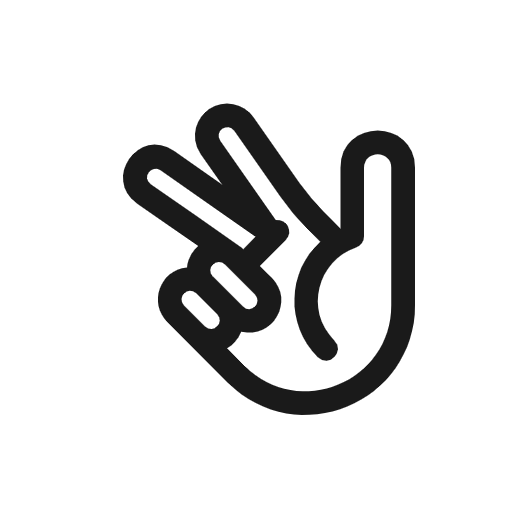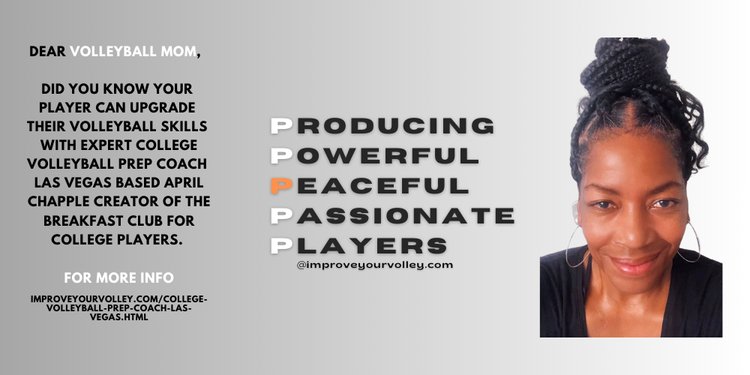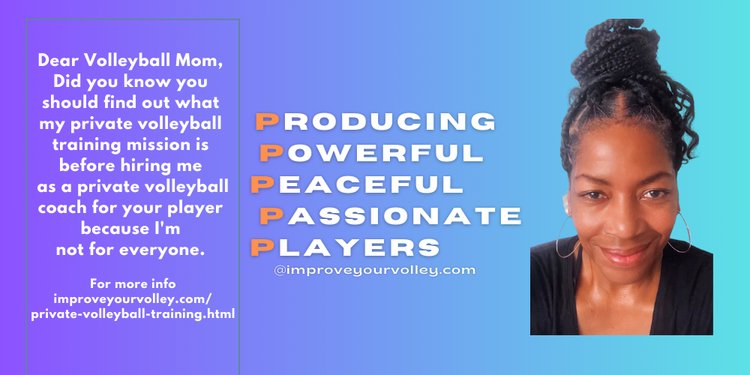- Improve Your Volleyball with Coach April
- Libero Volleyball Jargon For Savvy Moms
- 25 Volleyball Communication Terms for Team Strategy
 Dear Volleyball Mom,
Do You Know What Sets My Private Volleyball Training Apart From Anyone In Vegas?
I invite You to read what my private volleyball training mission says before considering hiring me as a private volleyball coach because I'm not available for everyone.
Dear Volleyball Mom,
Do You Know What Sets My Private Volleyball Training Apart From Anyone In Vegas?
I invite You to read what my private volleyball training mission says before considering hiring me as a private volleyball coach because I'm not available for everyone.25 Volleyball Communication Terms for Effective On-Court Strategy
Elevate your game with volleyball communication terms for specific positions, non-verbal cues and tips for effective on-court communication in competition.
Using specific volleyball communication terms and phrases on the court allows players to convey information quickly, avoid confusion, and make split-second decisions.
In this article, I'll explore the essential volleyball communication terms and phrases that every player should know to improve their team's performance and increase their chances of winning.
"Mine": A Fundamental Volleyball Communication Term
One of the most basic yet essential volleyball communication terms is "mine."
This simple word helps prevent confusion and collisions on the court, ensuring that the team works together seamlessly.
Directional Volleyball Communication Terms: "Left," "Right," "Back," and "Short"
Directional terms such as "left," "right," "back," and "short" are crucial volleyball communication terms that help players orient themselves and their teammates on the court.
When a player calls "left" or "right," they indicate the direction of the ball's trajectory, allowing their teammates to adjust their positioning accordingly.
Passing the deep serve consistently requires teammates to talk to each other to let each other know who is going to move deep in the court to pass the deep serve.
Similarly, "back" and "short" refer to the depth of the ball, with "back" indicating a deep ball and "short" signaling a ball that will land closer to the net.
"Out": A Volleyball Communication Term for Ball Placement
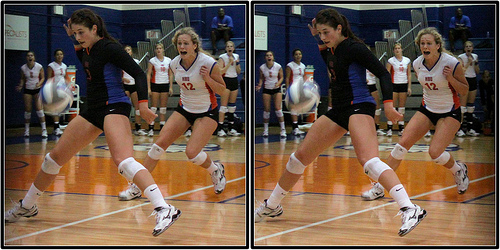 "Out" is another essential volleyball communication term that players use to indicate that the ball will land outside the court boundaries. (Houston Baptist players Calling The Ball out Michael E. Johnston photo)
"Out" is another essential volleyball communication term that players use to indicate that the ball will land outside the court boundaries. (Houston Baptist players Calling The Ball out Michael E. Johnston photo)When a player calls "out," their teammates know that they do not need to pursue the ball, saving valuable energy and allowing them to focus on the next play.
This term is particularly important during serve receive, as it helps the team avoid wasting effort on balls that will result in a point for the opposing team.
"Help": A Volleyball Communication Term for Requesting Assistance
The term "help" is used when a player is unsure if they can successfully play the ball or when they need assistance from a teammate to get a ball they cant or replay a ball that they cant get to.
By calling "help," the player alerts their teammates to be ready to step in and make a play if necessary.
This volleyball communication term is important for maintaining a cohesive defense and making sure that no ball drops between players.
Numerical Volleyball Communication Terms: "One," "Two," and "Three"
Numerical terms like "one," "two," and "three" are volleyball communication terms used to indicate the number of hits remaining before the ball must go over the net.
"One" means that the player intends to send the ball directly over the net, while "two" and "three" signal to teammates that they should be ready for additional hits before an attack.
These communication terms help teams stay coordinated in their offense while maintaining a structured approach to each rally.
"Bounce" and "Tip": Volleyball Communication Terms for Offensive Plays
"Bounce" and "tip" are volleyball communication terms used to describe specific types of offensive plays.
"Bounce" refers to an attack that is hit with force, by a hitter who uses a quick arm swing that causes the ball to bounce off the ground quickly and making it difficult for the opposing team to defend.
Kenny works on deep tipping the ball to a basketball basket.
"Tip," on the other hand, describes a soft shot placed strategically into an open area of the opponent's court.
By calling out these terms, players let their teammates know the type of attack being executed, so they can position themselves in the court for the oncoming attack.
Position-Specific Volleyball Communication Terms: "Setter Out," "Middle In," and More
In addition to general volleyball communication terms, players also use position-specific terms to give information quickly.
For example, "setter out" is used to tell the setter that they should not attempt to play the ball, while "middle in" instructs the middle blocker to move closer to the net for a quick attack.
Watch USA Oympic Middle Blocker
Foluke Akinradewo
Other position-specific terms include "outside back" (telling the outside hitter to move back) and "libero up" (indicating that the libero is moving forward to play a short ball).
By using these terms, players can make quick adjustments and coordinate their movements more effectively.
Non-Verbal Volleyball Communication Techniques: Hand Signals and Gestures



The setter holds up four fingers to the left side hitter, then one forefinger to her middle hitter then all five fingers they'll hold up to her right side hitter to call the 4-1-5 offensive volleyball play.
For example, players may use a closed fist to indicate a strong hit or an open hand to signal a soft shot.
Pointing to a specific area of the court can communicate where a player intends to hit the ball.
Hands Signals For Setters in Volleyball
By combining verbal and non-verbal communication, teams can create a more comprehensive and efficient system for sharing information on the court.
How Effective Volleyball Communication Terms Lead to Successful Plays and Points
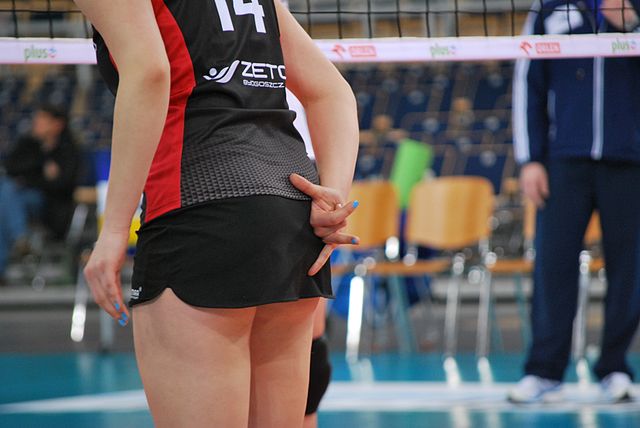 When a setter calls "one" before setting the ball, the hitters know to prepare for a quick attack, increasing the chances of catching the opposing team off guard.
When a setter calls "one" before setting the ball, the hitters know to prepare for a quick attack, increasing the chances of catching the opposing team off guard.Using volleyball communication terms effectively can directly impact a team's success on the court.
For example, if a player calls "out" and their teammate trusts the call, they can let the ball drop without fear of losing a point.
When a setter calls "one" before setting the ball, the hitters know to prepare for a quick attack, increasing the chances of catching the opposing team off guard.
By consistently using volleyball communication terms, teams can create a more coordinated and efficient offense and defense, ultimately leading to more successful plays and points.
Practicing and Improving Volleyball Communication Terms in Training and Matches
Incorporating volleyball communication terms into practice sessions is essential for building a strong team dynamic and making sure that players are comfortable using these terms in high-pressure game situations.
During scrimmages, players should be encouraged to use volleyball communication terms consistently, even if they make mistakes.
Reviewing game footage and analyzing communication breakdowns can also help teams identify areas for improvement.
By prioritizing communication in training and matches, teams can develop a more cohesive and effective on-court strategy, leading to better performance and more success in competition.
Conclusion
Learning volleyball communication terms and phrases is essential for any player looking to elevate their game and contribute to their team's success.
As you continue to develop your volleyball skills, make sure to prioritize communication and incorporate these essential terms into your on-court vocabulary.
With practice and repetition, effective communication will become second nature, leading to improved team performance and more victories on the court.
Volleyball Communication Terms:
Where Do You Go Now?
Okay here's where you need to go now! There are three options:
- Learn more about Volleyball Skills by clicking the Related Links below. .
- Follow the suggested reading on our Sitemap page Learning How To Play (Sitemap)
SUSCRIBE
To My Email Newsletter Below!
From Lady Vol to Legend: Coach April Produces Powerful Passionate Players...is that you?
What Are You Looking For?
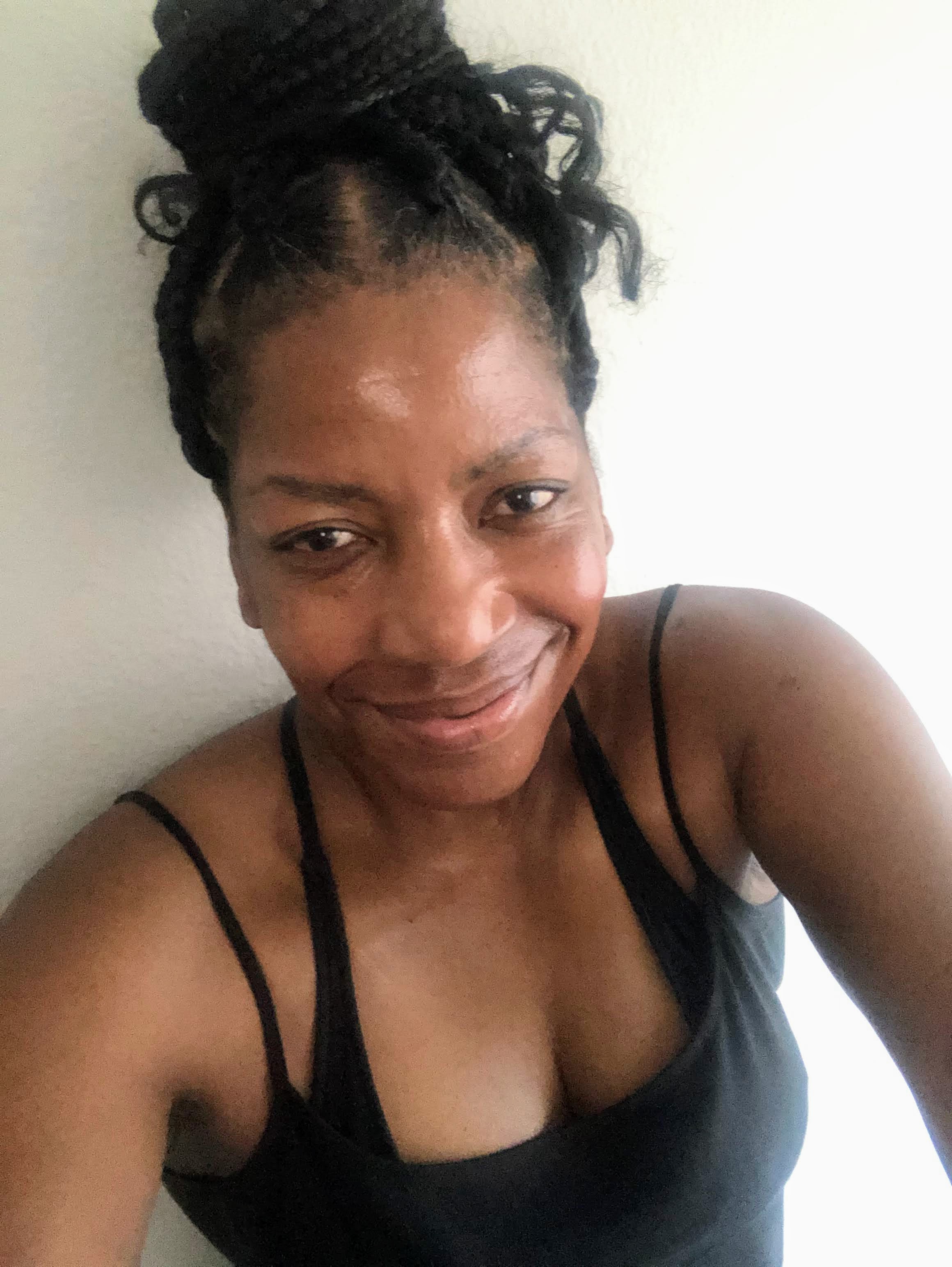
Hi there!
Thanks for stopping by. Hope you learned something today that will help you reach your volleyball goals.
Be sure to subscribe to my email newsletter so you can learn more each week!
Stay strong! Stay motivated!
-Coach April
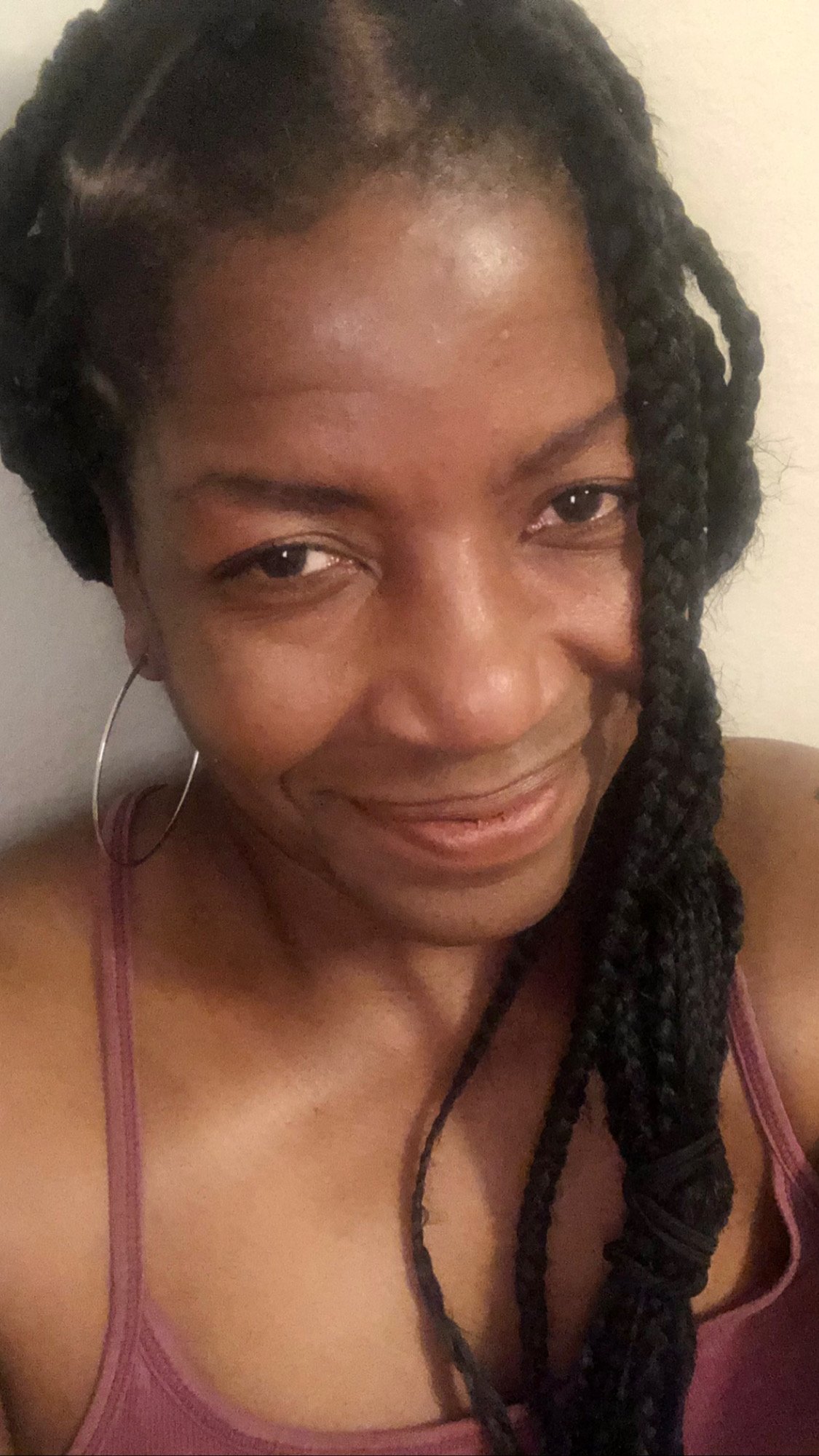
SUSCRIBE
to my email newsletter below!
Vegas Volleyball's Unsung Heroes: Celebrating Moms with Peace Love Volleyball Shirts
Ready to energize your volleyball mom journey?
Subscribe to my 'Producing Powerful Passionate Peaceful Players' email list above on ImproveYourVolley.com.
You'll receive energy-boosting tips, exclusive insights from me, Coach April Chapple on maintaining momentum in volleyball.
Let's power up the Vegas volleyball scene together!
Recent Articles
-
Frequently Asked Libero Volleyball Position Questions Answered
Apr 14, 25 08:10 PM
I answer the most frequently asked libero volleyball position questions many players and coaches ask that will help you learn about the player responsibilities. -
Coach April's Peace Love Volleyball Phrases For T-Shirts Honor Moms
Apr 13, 25 03:49 PM
Whether on the court or in everyday life, April Chapple's volleyball phrases for t-shirts are serving inspiration for players and moms, one message at a time. -
What Is A Setter In Volleyball? My Setting Guide With Answers To FAQs
Apr 13, 25 12:36 AM
Learn what a volleyball setter is from a champion coach. Get expert insights, training tips, and proven strategies for volleyball's most strategic position.
